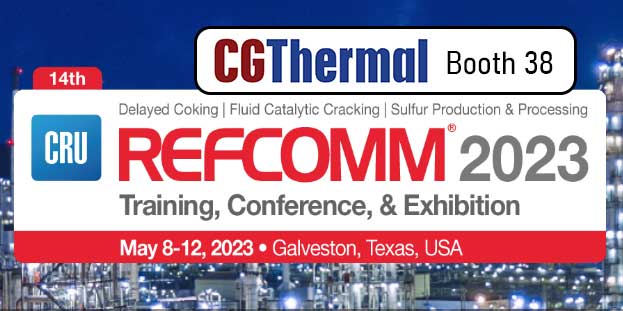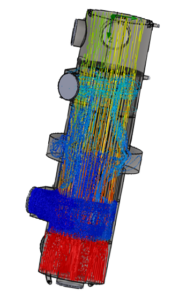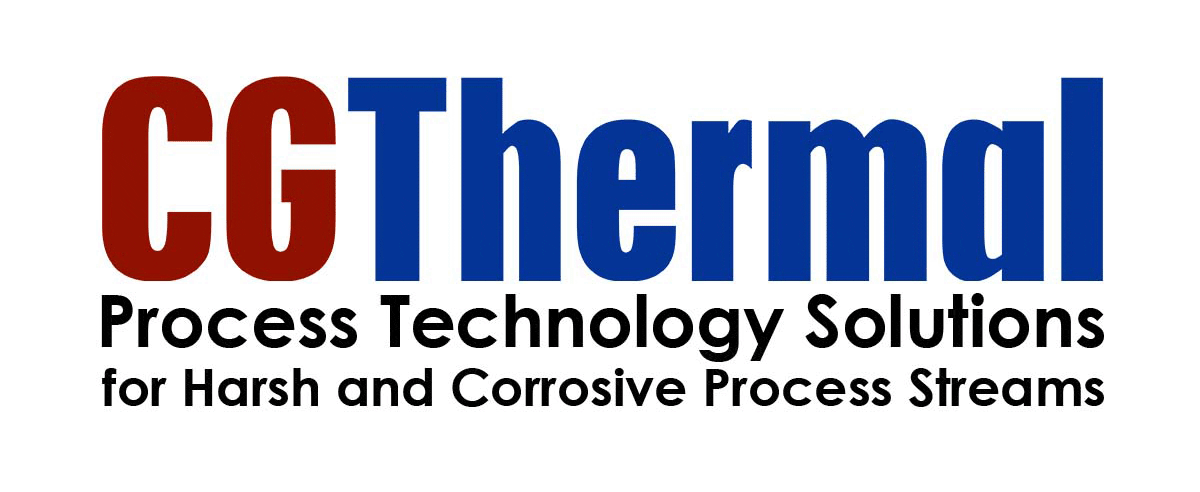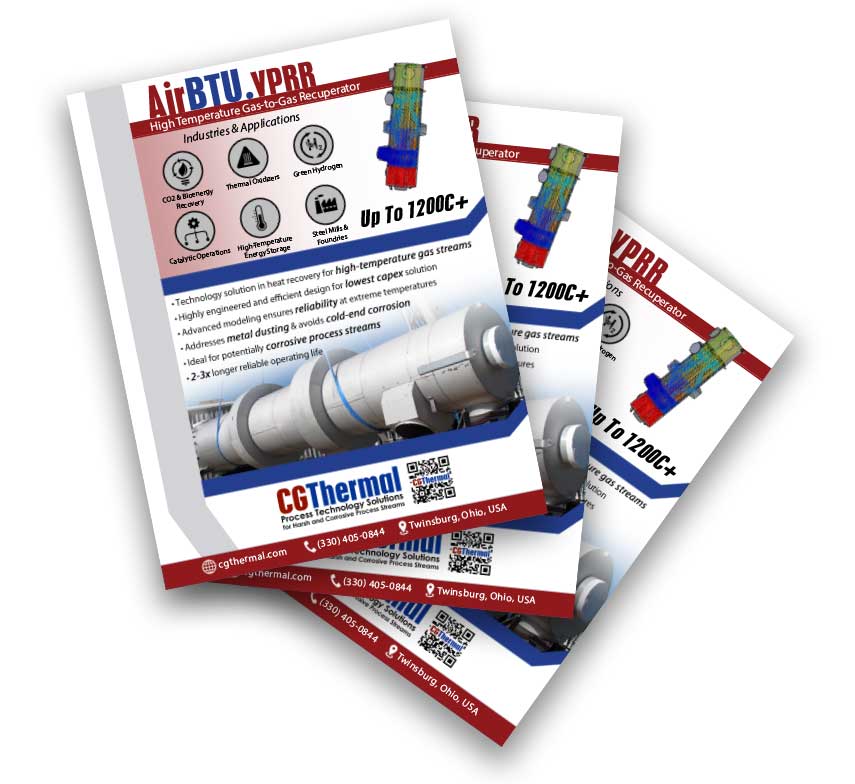CG Thermal is heading to RefComm Galveston, TX
 CG Thermal is heading to RefComm in Galveston, TX for 5 days of technical presentations, networking, and more! Our industry experts will be available for in-person meetings to discuss your high temperature gas recuperator needs.
CG Thermal is heading to RefComm in Galveston, TX for 5 days of technical presentations, networking, and more! Our industry experts will be available for in-person meetings to discuss your high temperature gas recuperator needs.
“The leading conference for training, safe unit operation, and production optimization within the delayed coking, fluid catalytic cracking, and sulfur production & processing units…RefComm Galveston is a five-day, multi-streamed agenda consisting of two days of training in the delayed coking unit, three days of technical presentations, an exhibition hall for meeting with technical experts and sourcing solutions, breakout discussion groups, and networking.” – CRU Group
Although there’s a lot to see and do at RefComm, we hope you’ll stop by Booth 38 and discuss your plant’s needs. Now, click the button below to schedule a meeting with our team!
AirBTU VPRR: The Engineered Solution
 Finally, a safe and reliable solution for the high temperature gas streams involved in sulfuric acid production. By integrating an AirBTU VPRR heat transfer solution, industry professionals can avoid common pitfalls and “design in” reliability and efficiency. The AirBTU VPRR is designed to:
Finally, a safe and reliable solution for the high temperature gas streams involved in sulfuric acid production. By integrating an AirBTU VPRR heat transfer solution, industry professionals can avoid common pitfalls and “design in” reliability and efficiency. The AirBTU VPRR is designed to:
- Avoid cold-end corrosion. The introduction of low-temperature air can result in cold spots within a recuperator, causing condensation of some constituents of the process gas stream. The resulting reaction between this corrosive condensate and the heat exchanger surface is commonly referred to as cold-end corrosion. This destructive mechanism is “designed out” of the AirBTU VPRR, making it the ideal Heat Exchanger for Sulfuric Acid Applications.
- Eliminate stress failures. Temperature gradients across the tube bundle can lead to uneven stress concentrations at the tube-to-tube-sheet connections. These result in tubesheet failures with subsequent losses in production and costly repairs. We design in uniformity to eliminate this failure mode.
- Reduce pressure drops. Our VPRR features a proprietary design that reduces pressure drops for the best energy efficiency.
- Maximize thermal efficiency. Flow dynamics modeling is used to evaluate tube layouts and pass arrangements to create a symmetric design with optimal film coefficients and overall heat transfer rate. The resulting design requires less surface area and minimizes material and fabrication costs.
- Minimize maintenance downtime. In addition to minimizing failures caused by cold end corrosion and uneven mechanical stresses, we can “design-out” the potential for fouling.


